2018.07.12News
[Seminar Report] Mainichi Media Café CSR Seminar Bringing Light to People
2015.03.13 News
In November 2014, a new solar LED light was launched in India to meet the needs of off-grid rural areas. This new product will also be used for the next solar lantern donations. Below, the development team talks about its development process and features.
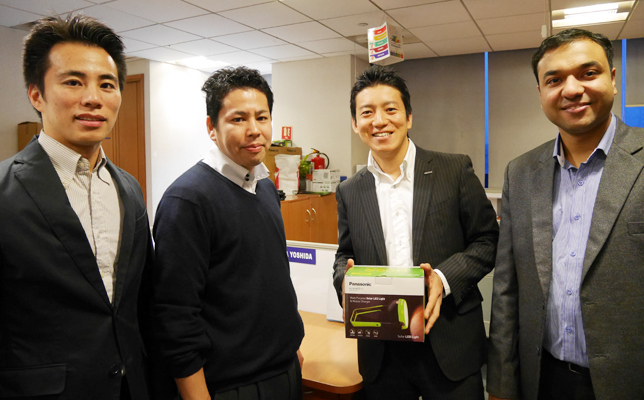
Developers of the solar LED light. From left: Panasonic India Business Development Center Senior Manager Tadashi Matsumoto and Akimasa Yoshida, Assistant General Manager Atsushi Kakimoto, and Executive Ankit Banura.
The development of the solar LED light goes back to January of 2014 when Panasonic opened India business development center in India, which is part of an important region for business development in emerging countries. The mission of our eight-member team, assigned to India after being recruited in Japan, was to join forces with the employees in India to develop a product that meets local needs, and ultimately to open new markets. The theme our team addressed was serving people living with no access to electricity.
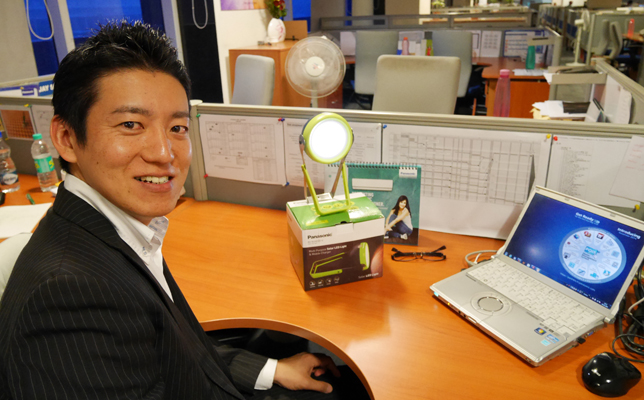
Project Leader Atsushi Kakimoto
For about three months since taking up my new post in India, I visited the off-grid areas of Bihar State and Uttar Pradesh State where poverty is said to be particularly common, to speak with local people. Life without electricity creates difficulties in many aspects of daily living and their stories, for a man freshly out of Japan, continued to astonish me. When there is no light, women must finish house chores while it is light outside, which keeps them from working elsewhere during the day. Children cannot study once night falls. The many new findings I discovered once in the region led to stronger determination to work through our products to resolve economic and educational issues in areas without electricity.
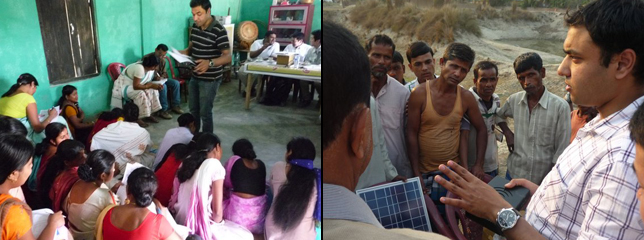
Research in villages without electricity
India enjoys long days and abundant sunlight. As we continued our research, I became more and more convinced of the need for solar lanterns that run on sunlight. However, the greatest issue in developing the product was how we would balance price with quality. From there, we aimed to create a product that was affordable for the villagers, which led to a partnership with an Indian company with experience producing solar lanterns, an approach that helped us keep costs down.
In developing the product, we received help from members of the 100 Thousand Solar Lanterns Project and local employees while also conducting a survey of test users at partner companies in India, regarding brightness and other specifications. Through this survey, we received many requests, including cell phone charger functions, affordable pricing, and a light that can be used when checking on fields and going to the outdoor toilet at night. We asked villagers to actually use the prototypes, and also asked the development team in Japan for input. After six months of continued improvements, the solar LED light was finally born.
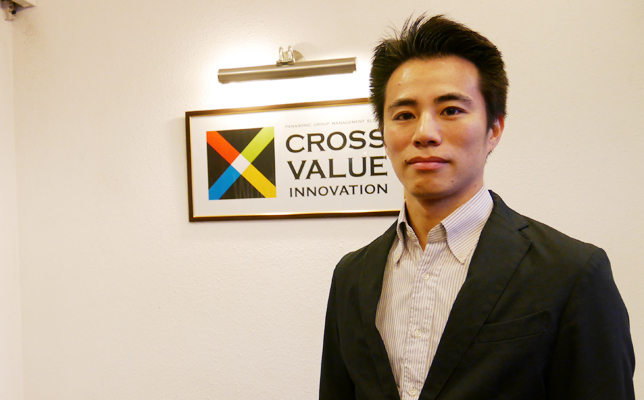
Tadashi Matsumoto developed the product in cooperation with partner company
Particular points of focus during product development were the cell phone charger function and the capacity to continue providing light throughout the night. We lowered the brightness of the LED lights slightly so that they can operate for more than six hours as users requested, and employed a reflector to make the lamp seem brighter than it really is. Another idea we added was a night mode that is useful for farmers in villages to ward off animals that ruin crops and drive away poisonous snakes that sneak into the house during the rainy season.
Survey results also revealed that many people need a light that illuminates one particular point. Accordingly, we employed a spotlight type of design, and also added a handle that is convenient for hanging the lanterns from a ceiling or a wall, propping up, and carrying around. We also made them more waterproof so that they can be used in rainy weather, as user feedback showed that the lanterns would often be used outdoors.
The combined results of these efforts and creativity produced a product we could sell at a price of 1,499 rupees (about 24 USD), and it has been received extremely well by actual purchasers for its quality and cost performance.
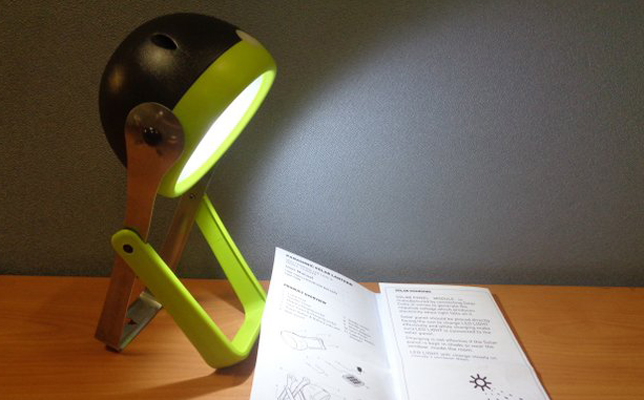
The improved solar LED light is packed with ideas that make it useful in various situations.
The solar LED light is Panasonic's first product developed especially for rural areas. Because of this, it cannot reach people in rural areas through ordinary sales channels. Also, many rural villagers have never seen products like this and are not familiar with them. Even if they have seen them before, people with little cash income could not easily buy one.
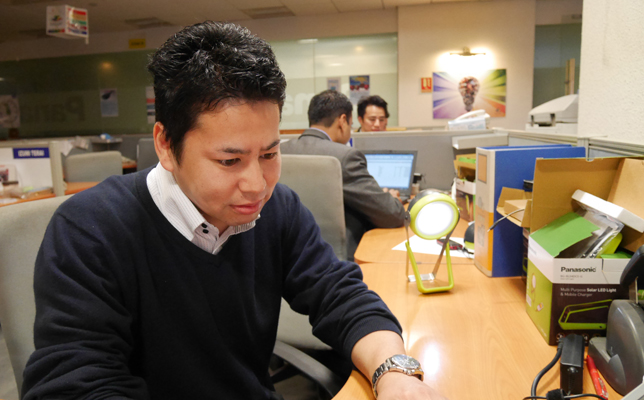
Akimasa Yoshida develops new sales channels working together with social enterprises
To overcome these obstacles, we work together with social enterprises that have deep knowledge of conditions in rural areas and work to resolve social issues through their activities. In addition to delivering products through their networks, staff visited villages by day and night to explain the lanterns' advantages and how to use them so that potential users can see how bright they really are or learn how they can cut energy costs, and ultimately determine whether it is a product that they need. Many ideas such as microfinancing have also been implemented to let people without financial means make payments in installments, so that the lanterns can reach as many people as possible.
Rural areas of India still face many social issues, including poverty and economic inequality, and developing new sales channels here is still a never-ending series of trials and errors. Undaunted, though, we plan to launch sales in Africa where there are similar issues, and to devote efforts to the development of other products that can be used in tandem with the solar LED lights.
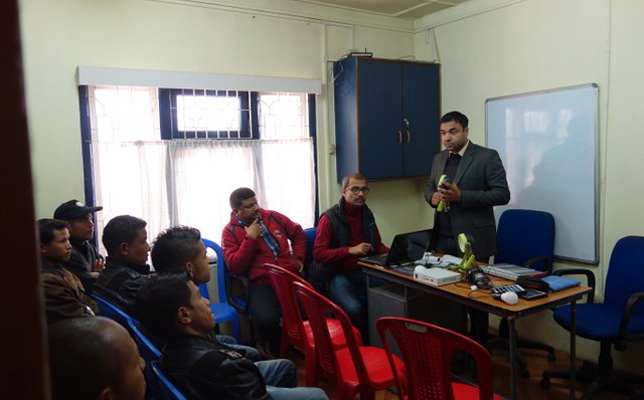
Staff from a social enterprise speaking at a product orientation session for villagers
"We want to bring this product to as many people as possible in areas that have no access to electricity." That was the motivation that drove the development team to pour its efforts into the solar LED light, in the hopes that the products will be useful in truly improving the lives of local people. They are reaching people in new areas through collaboration with social enterprises, but still many people face major challenges in day to day living, so paying to buy a product like this is not an option. For those people in need of support, we will continue to work through the 100 Thousand Solar Lanterns Project. We will continue to address local needs through local eyes so that Panasonic technology will continue to bring better lives and happiness to as many people as possible.